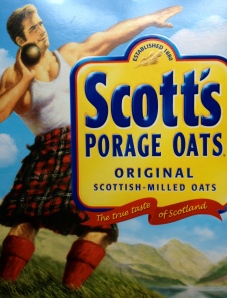This Spring has brought torrential rains. More than that, the season’s been delayed. That meant I could recently capture a freight train go by without the cover of foliage. Boxcars, liquid tankers, open-topped coal and scrap cars, grainers and gondolas. Many graffiti-laden, some empty, some loaded. That engine pulled it all!
I love a good train ride. Not the commuter sort but a true “going-some-place” trip. Even better if it’s spontaneous. The steady rumble of the carriages snaking over the ties and the metal-on-metal clanks as the wheels round a curve are soothing. The clickety-clacks are rhythmically lulling. Real sounds, not intrusive noise. I’d much prefer the clatter of the rails than the clutter of loud, lazily-worded hype polluting the airwaves as I fill up. Having to press “Mute” is akin to the “2” if I want English. Even silence in this country has now become hard-earned and costly.
I digress. Or make that “derail.” But wait, the common train of thought here is freedom. Freedom to think, move, react or say. Or not to. Freed from lame commercial pitches at every turn. Friends, decibel-level and frequency do not make up for poor content.
Hobos…now they had it right. At least the general idea. And by that, I don’t mean bum with his hand out or ex-con transient. I’m talkin’ original globally mobile, small-carbon-footprint, bohemian type: the westward-bound, hard-working migrant. Which made me curious about the word’s origin. Possibly homegrown, “hobo” could come from “ho, boy,” a worker’s call on late-1800’s western US railroads. Or it may be derived from an early 19th century English dialect term, hawbuck, for “lout, clumsy fellow, bumpkin.”
How Boxcar Willie entered the picture? Whooaa, the tracks of my mind. But what a nickname! If you’re not familiar with his music, here’s your ticket. Scruffy beard, pin-studded floppy hat and jacket lapel, overalls and the trademark bandana. That’s the self-proclaimed world’s favorite hobo. Accompanied by his red bandana-necked band wearing striped conductor hats. And for the train buff, the ultimate whistle! Whoooo whoo!










